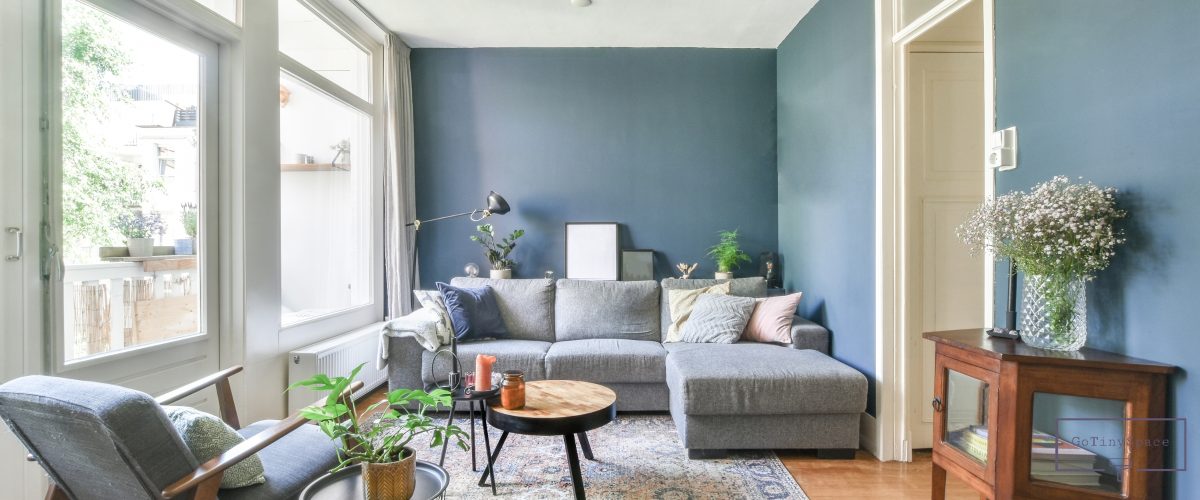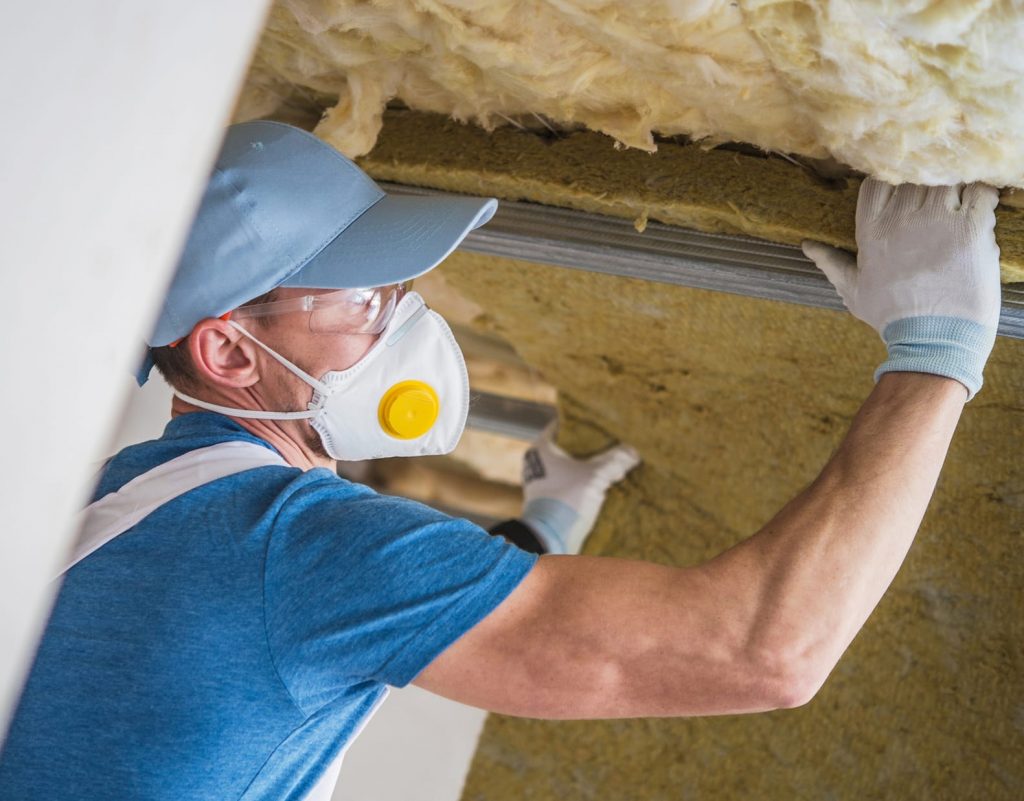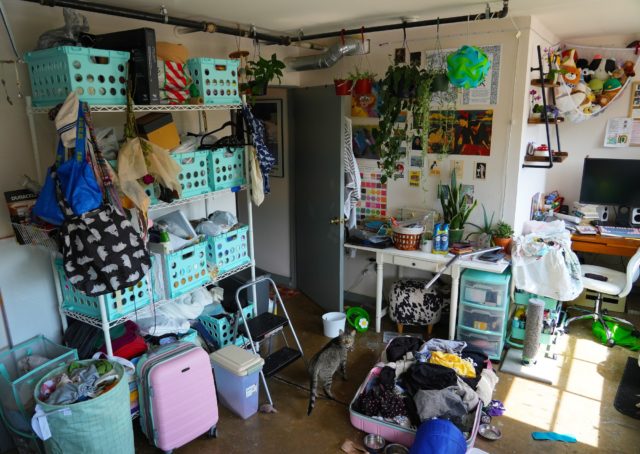How To Make A Room Less Stuffy

Feeling suffocated by stale air in your home or office? Many people struggle with stuffy rooms, leading to discomfort and potential health concerns. Improving indoor air quality can be simpler than you think, involving a few strategic adjustments to your environment and habits.
This article provides practical, actionable tips to eliminate that trapped, heavy feeling and create a more breathable and refreshing indoor space. By focusing on ventilation, humidity control, air purification, and mindful cleaning practices, you can transform a stuffy environment into a haven of fresh air.
Ventilation: The Foundation of Freshness
The cornerstone of combating stuffiness is adequate ventilation. Opening windows, even for a short period, creates cross-ventilation, allowing stale air to escape and fresh air to circulate.
Aim for at least 15 minutes of ventilation a day, adjusting the duration based on the size of the room and outdoor air quality. The Environmental Protection Agency (EPA) emphasizes the importance of bringing in outdoor air to reduce indoor pollutant concentrations.
Leveraging Fans for Enhanced Airflow
Fans can significantly enhance the effectiveness of ventilation. Strategically placing fans near open windows can accelerate the exchange of air, drawing stale air out and pulling fresh air in.
Consider using ceiling fans to circulate air throughout the room, even when windows are closed. This helps prevent stagnant air pockets from forming.
Addressing Ventilation in Windowless Spaces
Rooms without windows pose a greater challenge. In these spaces, rely on exhaust fans, particularly in bathrooms and kitchens, to remove moisture and odors.
Ensure that ventilation systems are properly maintained and that filters are cleaned or replaced regularly. A clogged filter reduces airflow and diminishes the system's effectiveness.
Humidity Control: Striking the Right Balance
High humidity can exacerbate the feeling of stuffiness, creating a breeding ground for mold and mildew. Conversely, excessively dry air can lead to discomfort and respiratory issues.
Maintaining optimal humidity levels, generally between 30% and 50%, is crucial. A dehumidifier can remove excess moisture, while a humidifier can add moisture to dry air.
Monitoring Humidity Levels
Invest in a hygrometer to accurately monitor humidity levels in your home. This allows you to make informed decisions about when to use a dehumidifier or humidifier.
Pay particular attention to humidity levels in bathrooms and kitchens, where moisture is frequently generated. Proper ventilation and timely cleaning can prevent mold growth.
Air Purification: Removing Indoor Pollutants
Indoor air can be laden with pollutants, including dust, pollen, pet dander, and volatile organic compounds (VOCs). Air purifiers can effectively remove these contaminants, improving air quality and reducing stuffiness.
Look for air purifiers with HEPA filters, which are designed to capture a wide range of airborne particles. Consider purifiers with activated carbon filters to remove odors and VOCs.
Choosing the Right Air Purifier
Select an air purifier that is appropriately sized for the room. An undersized purifier will not effectively clean the air, while an oversized purifier may be unnecessarily noisy and consume more energy.
Regularly clean or replace the filters in your air purifier to maintain its performance. A dirty filter can actually worsen air quality by re-releasing trapped pollutants.
Mindful Cleaning Practices: Preventing Buildup
Dust and debris can contribute to stuffiness by trapping odors and providing a surface for mold and bacteria to grow. Regular cleaning is essential for maintaining fresh air.
Dust frequently, paying attention to surfaces that tend to accumulate dust, such as shelves, furniture, and window sills. Vacuum regularly, using a vacuum cleaner with a HEPA filter to capture dust and allergens.
Avoiding Harsh Chemicals
Be mindful of the cleaning products you use. Many commercial cleaners contain harsh chemicals that can release VOCs into the air, exacerbating stuffiness.
Opt for natural cleaning products or make your own using ingredients like vinegar, baking soda, and lemon juice. These alternatives are often just as effective and are less likely to pollute your indoor air.
Plant Power: Nature's Air Purifiers
Certain houseplants can help purify the air by absorbing pollutants and releasing oxygen. While not a complete solution, incorporating plants into your decor can contribute to a fresher indoor environment.
Snake plants, spider plants, and peace lilies are known for their air-purifying properties. Research the specific needs of each plant to ensure proper care and maximize their effectiveness.
Adding plants can add a touch of greenery and promote a sense of well-being. However, be aware of potential allergens associated with certain plants and choose varieties that are suitable for your environment.
Conclusion: Breathe Easier with These Simple Steps
By implementing these strategies, you can significantly reduce the feeling of stuffiness in your rooms and create a more comfortable and healthy indoor environment. Consistent ventilation, humidity control, air purification, and mindful cleaning practices are key to achieving lasting freshness.
Take control of your indoor air quality and enjoy the benefits of a breathable and revitalizing living space. Remember that even small changes can make a big difference in how you feel.


















